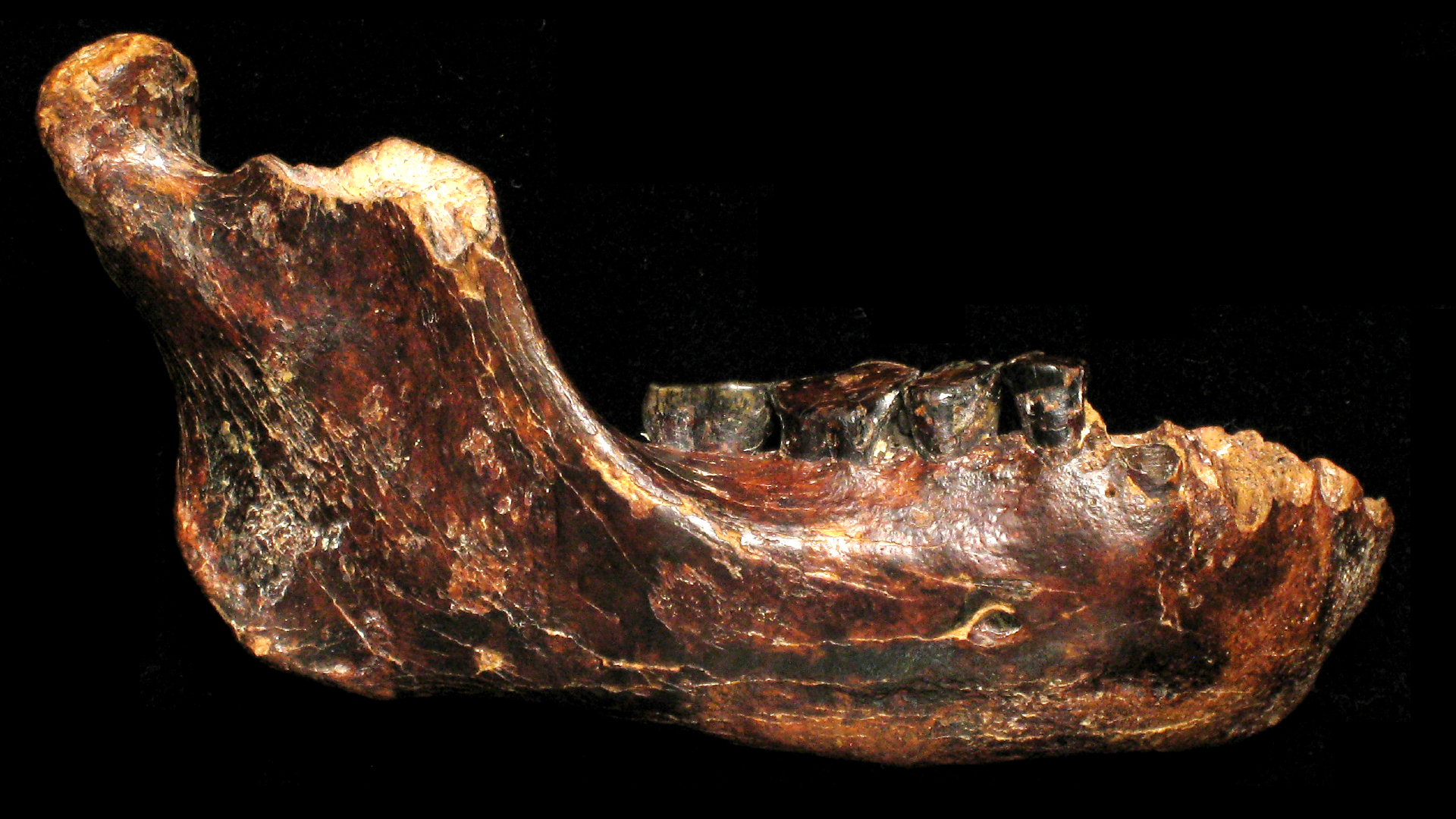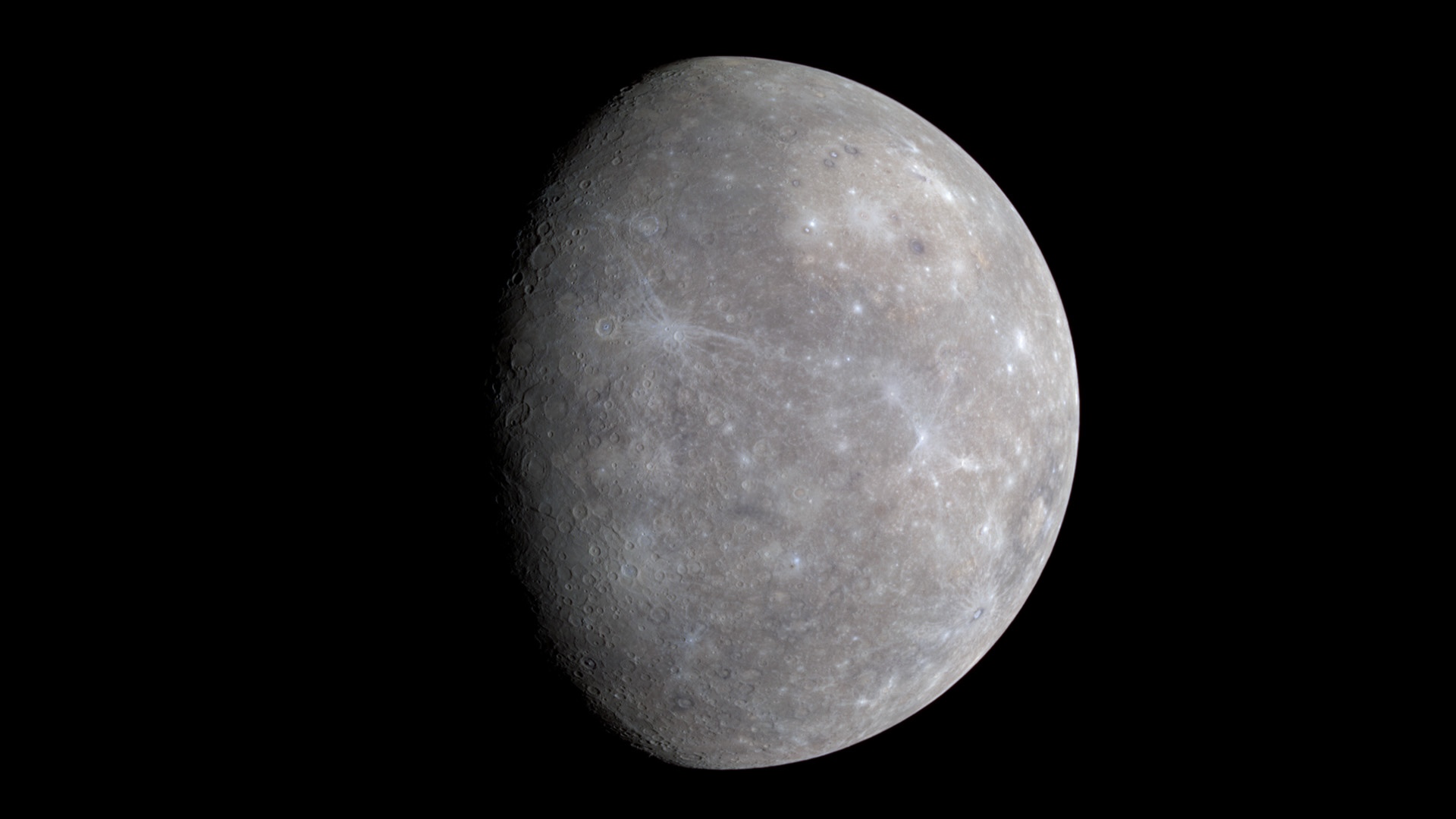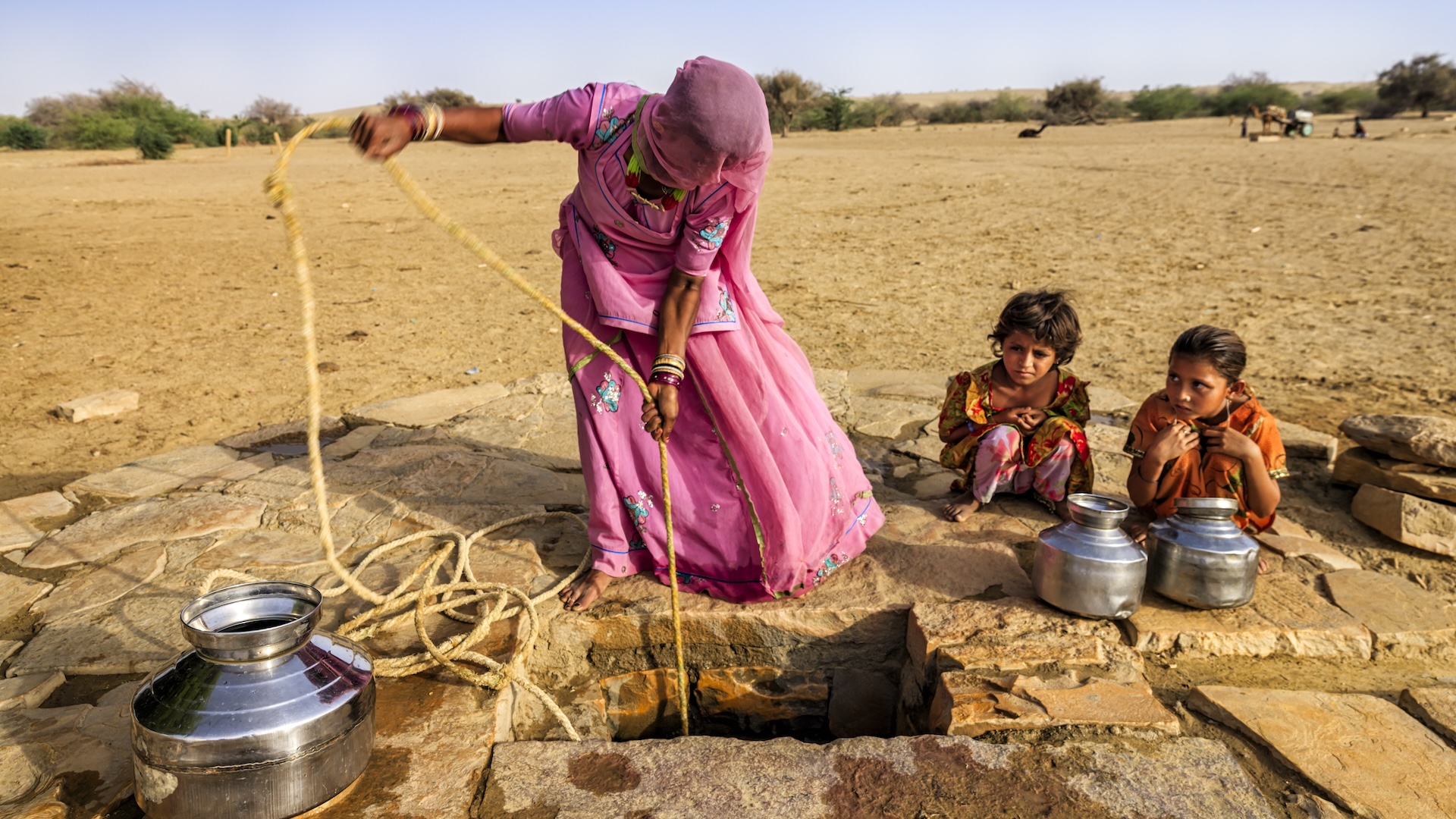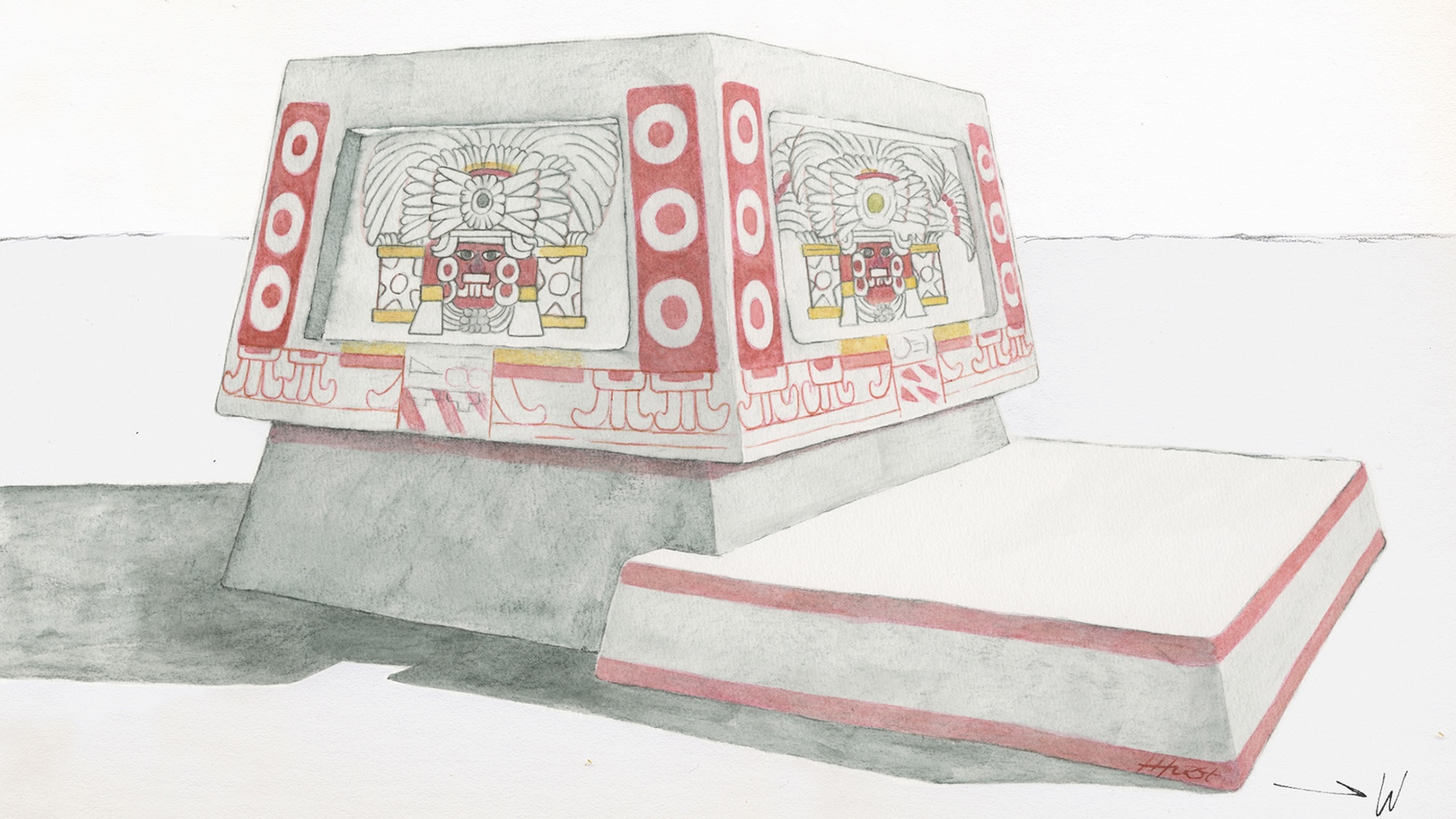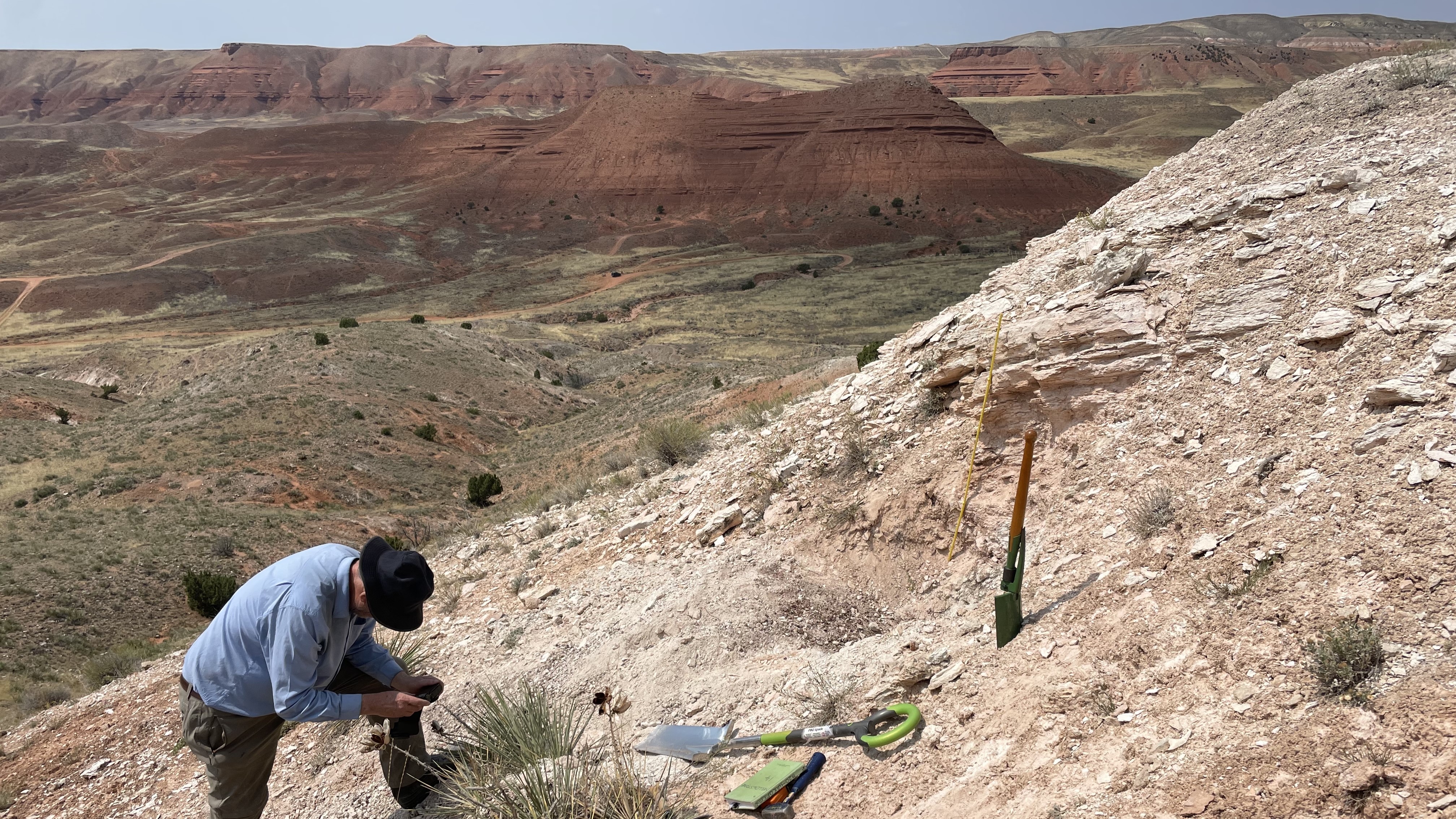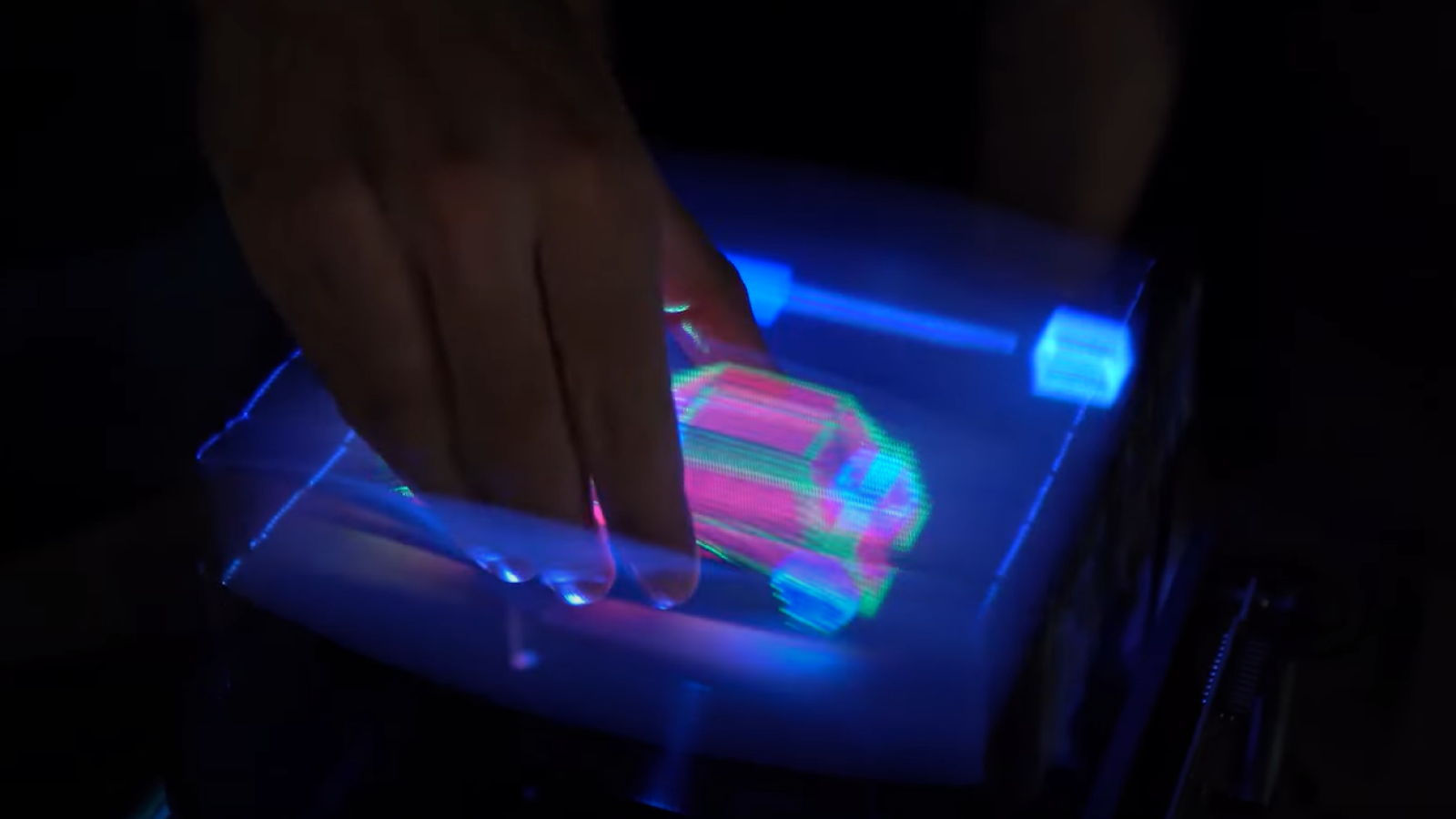Tomb of ancient Egyptian pharaoh is 1st to be discovered in 100 years
The tomb of Thutmose II, a pharaoh who ruled about 3,500 years ago, has been discovered west of the Valley of the Kings.
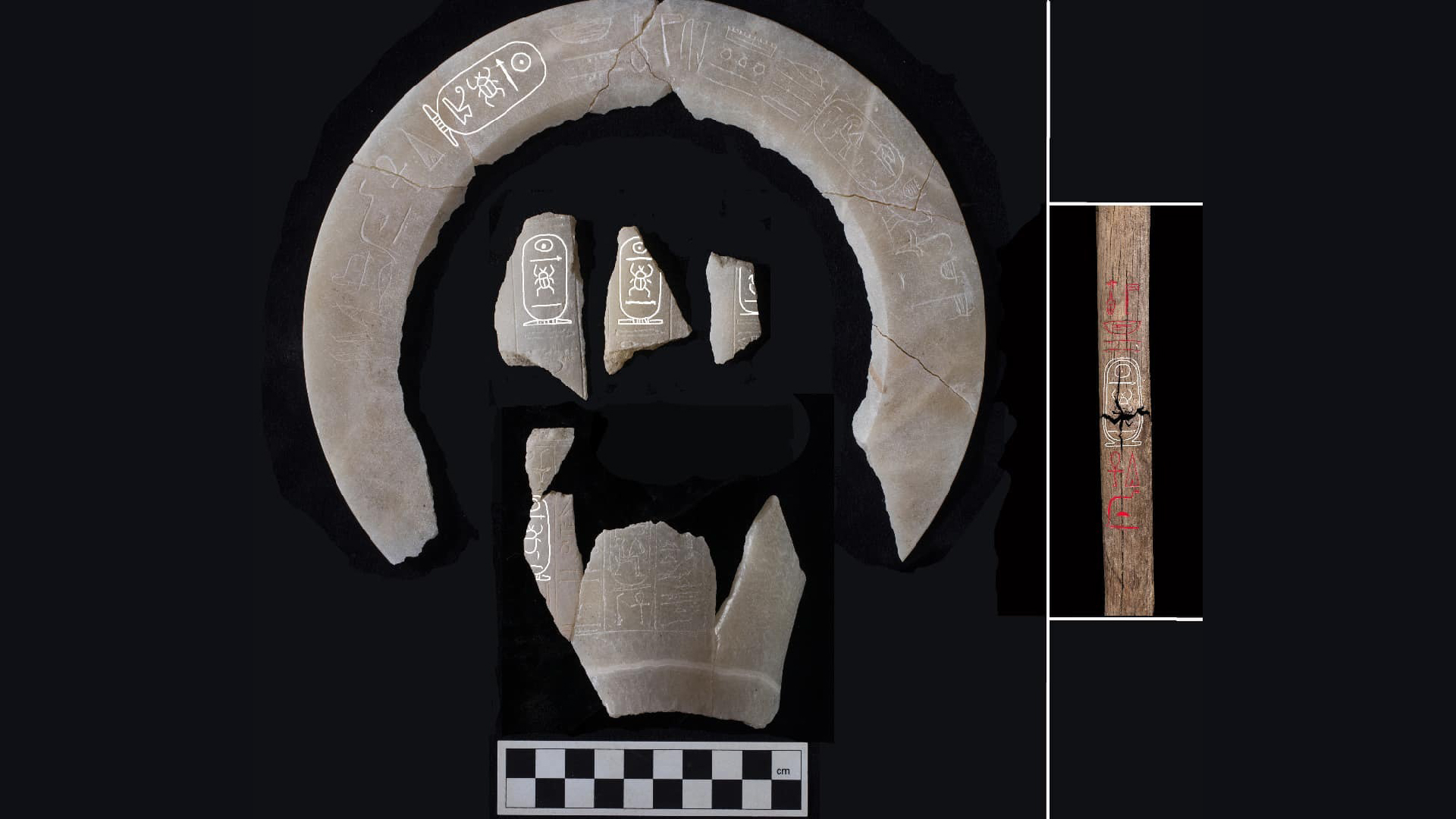
The tomb of Thutmose II, a pharaoh who was married to Queen Hatshepsut and ruled Egypt about 3,500 years ago, has been discovered west of the Valley of the Kings.
It is the first discovery of a pharaoh's tomb since King Tutankhamun's tomb was unearthed in 1922, the Egyptian Ministry of Tourism and Antiquities said in a translated statement.
However, unlike King Tut's burial, the newfound tomb is mostly empty and doesn't have a body. Archaeologists found that the tomb had been flooded shortly after Thutmose II was buried, so the grave goods had been taken somewhere else, the statement said.
"The entire contents of the tomb had been removed. The tomb was not robbed," Piers Litherland, an Egyptologist at the University of Cambridge and co-leader of the team that found the tomb, told Live Science in an email. "The burial was taken out in its entirety."
Archaeologists first found the tomb in October 2022, the statement said, but it wasn't until the late 2024 and early 2025 excavation season when pottery, which bears the name of Thutmose II, was analyzed that the researchers were able to identify the burial place as the pharaoh's tomb. One of the pottery pieces "bore a label indicating it contained natron which was used for embalming," Litherland said. "This confirms that a burial did initially take place in the tomb."
The tomb is about 95.1 feet (29 meters) long and contains a burial chamber that is 17.4 by 17.1 by 11.2 feet (5.3 by 5.2 by 3.4 meters), Litherland said.
It's possible that there is an undiscovered second tomb where the objects were moved to after the flood, Litherland noted. A mummy reburied in a cache at Deir el-Bahari, a nearby site, has been identified by some Egyptologists as Thutmose II. However, this mummy may be too old (possibly age 40 at time of death) to be Thutmose II, and his mummy and the second tomb may lie undisturbed elsewhere, he added.
Sign up for the Live Science daily newsletter now
Get the world’s most fascinating discoveries delivered straight to your inbox.
Hatshepsut's husband and brother
Little is known about Thutmose II's reign, according to the National Museum of Egyptian Civilization. How long he ruled is a matter of debate, and it may have been less than five years, the museum reports. However, some scholars believe his reign lasted much longer, with the Metropolitan Museum of Art in New York City estimating that he ruled from around 1492 to 1479 B.C.
Historical records indicate that during his reign, Thutmose II squashed an uprising in Nubia, an area in what is now southern Egypt and northern Sudan that was controlled by Egypt at that time. Historical records also say he campaigned in the eastern Mediterranean with his armies, venturing as far as modern-day Syria.
Thutmose II is perhaps most famous for marrying his half sister Hatshepsut. After Thutmose II's death, Hatshepsut rose to become a female pharaoh.

Part of the interior of Thutmose II's tomb. The tomb was flooded shortly after the pharaoh was buried, and the contents of the tomb were removed in ancient times, though not by grave robbers.

The remains of the decorations seen in Thutmose II's tomb.
"Exciting discovery"
Reactions in the field ranged from enthusiasm to skepticism.
"I think it is an exciting discovery" and offers insight into the history of the Valley of the Kings and nearby burial sites, Filip Taterka, an Egyptology professor at the Institute of Mediterranean and Oriental Cultures of the Polish Academy of Sciences, told Live Science in an email.
Taterka noted that there has been a long-standing debate about who was the first pharaoh to be buried in the Valley of the Kings, the lavish burial ground that pharaohs used after they stopped building tombs in or around monumental pyramids. The debate is ongoing, "with some scholars pointing to Hatshepsut and [others] to Thutmose I," Taterka said. Given that Thutmose II was the son of Thutmose I and the newfound tomb is located west of the valley, it makes it likelier that Hatshepsut was the first pharaoh buried in the Valley of the Kings, Taterka said.
But not everyone agreed that the tomb belongs to a pharaoh. Thomas Schneider, a professor of Egyptology and Near Eastern studies at the University of British Columbia, said more evidence is needed to connect the newfound tomb to Thutmose II.
"I am very sceptical and would need to see further details in support of such an identification," Schneider said in an email. The newly discovered tomb is in an area known as Wadi Gabbanat El Qurud, which "would be surprising for a king's tomb," Schneider said. This area does not contain the burial of any other pharaohs.
"Several candidates for the tomb of Thutmose II in the Valley of the Kings have been proposed," Schneider noted, and he thinks it is more likely that Thutmose II was buried inside the valley itself.
Aidan Dodson, an Egyptology professor at the University of Bristol in the U.K., is convinced that this is Thutmose II's tomb and said it's "great that they believe they've now confirmed the tomb's ownership." When the tomb was found back in 2022," Dodson said, "it seemed likely that it was his — but now it seems certain."
Mummy quiz: Can you unwrap these ancient Egyptian mysteries?

Owen Jarus is a regular contributor to Live Science who writes about archaeology and humans' past. He has also written for The Independent (UK), The Canadian Press (CP) and The Associated Press (AP), among others. Owen has a bachelor of arts degree from the University of Toronto and a journalism degree from Ryerson University.
You must confirm your public display name before commenting
Please logout and then login again, you will then be prompted to enter your display name.
